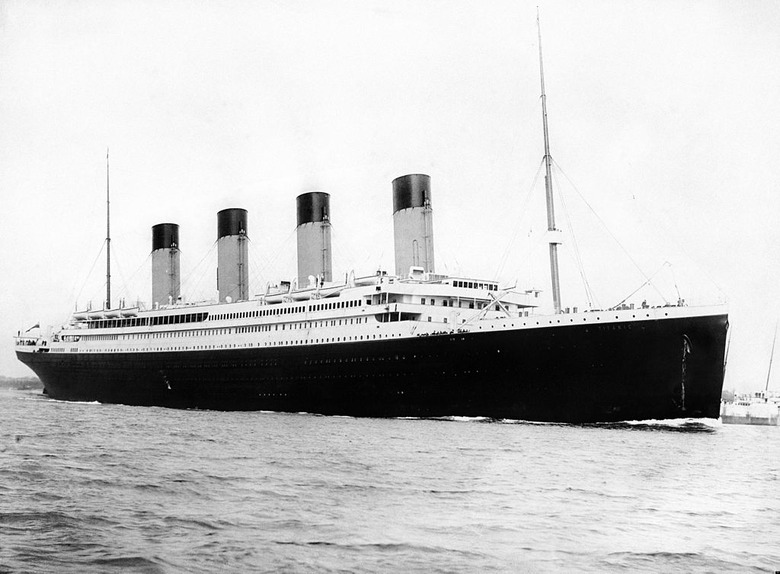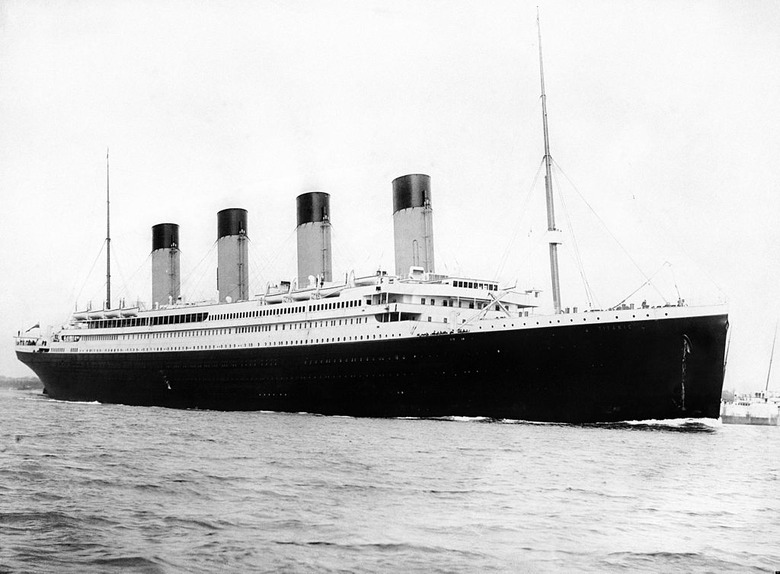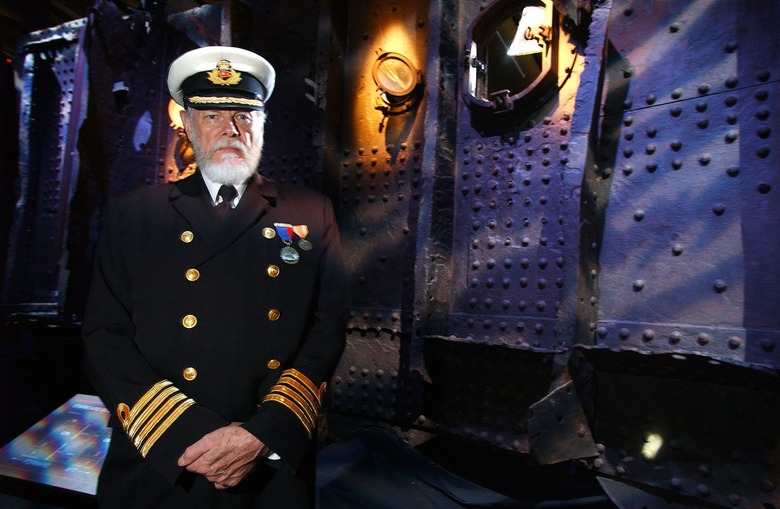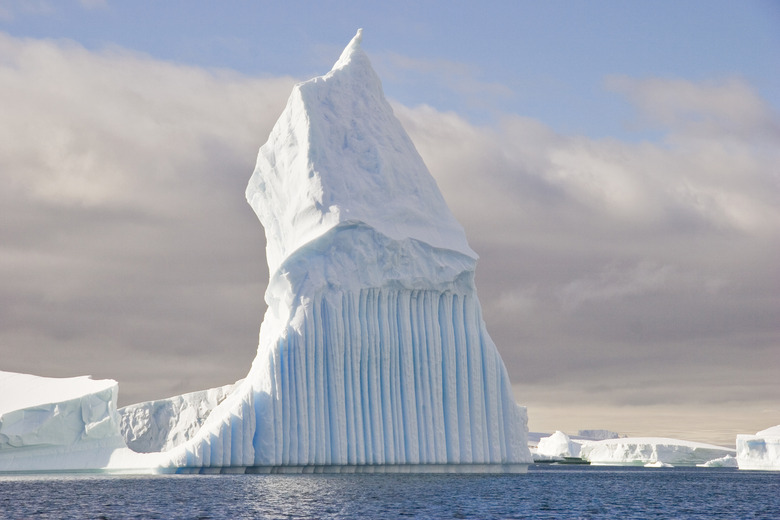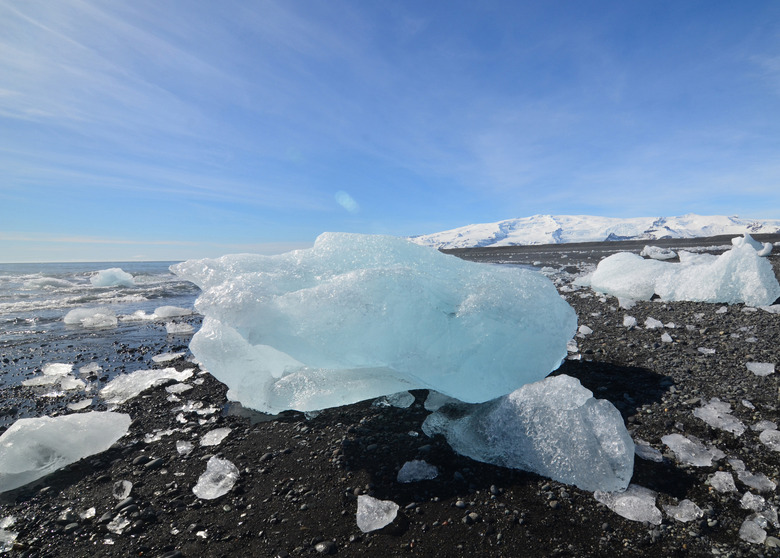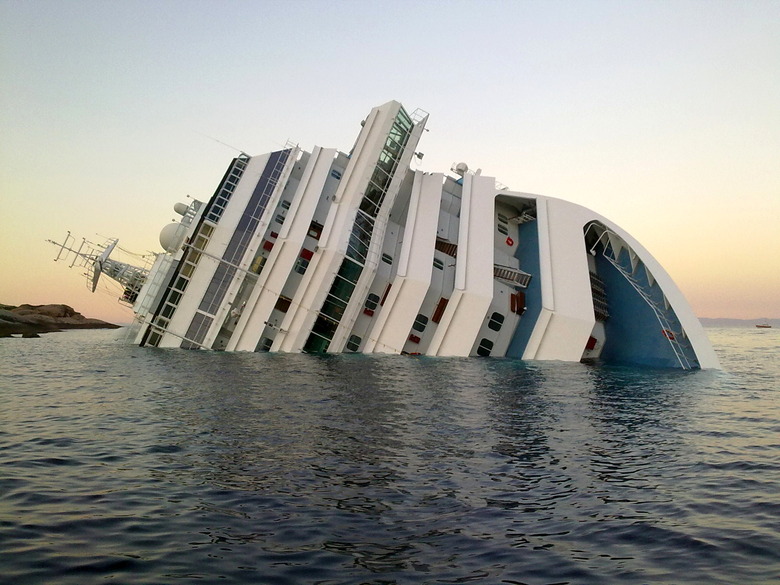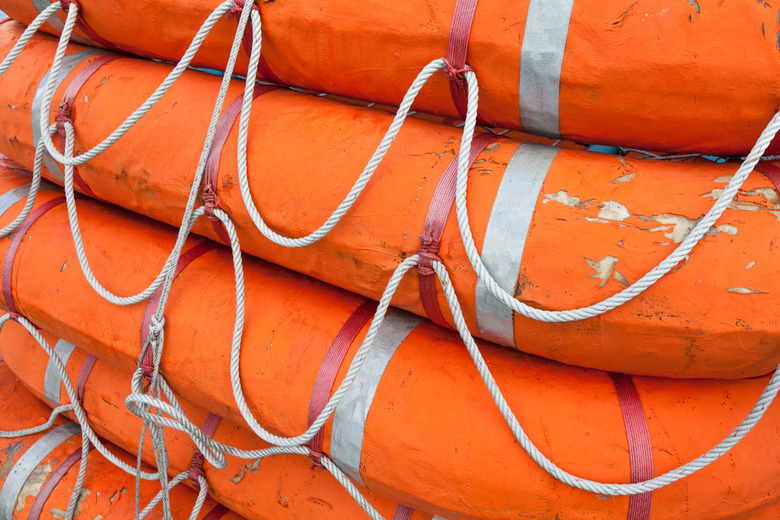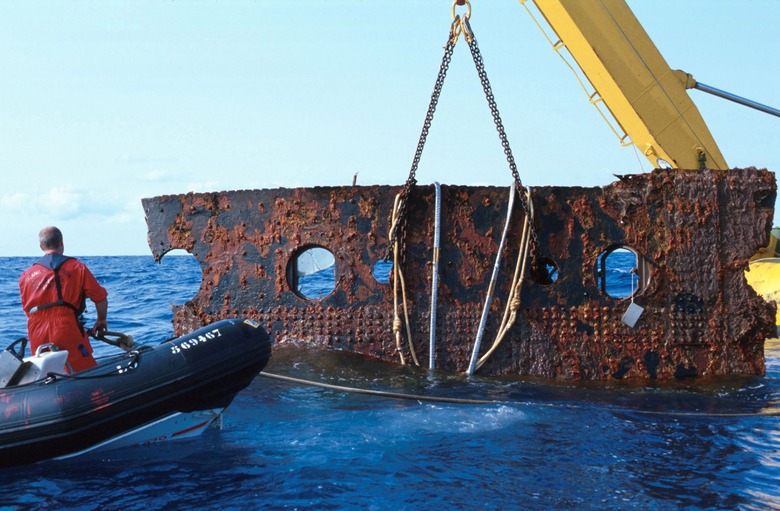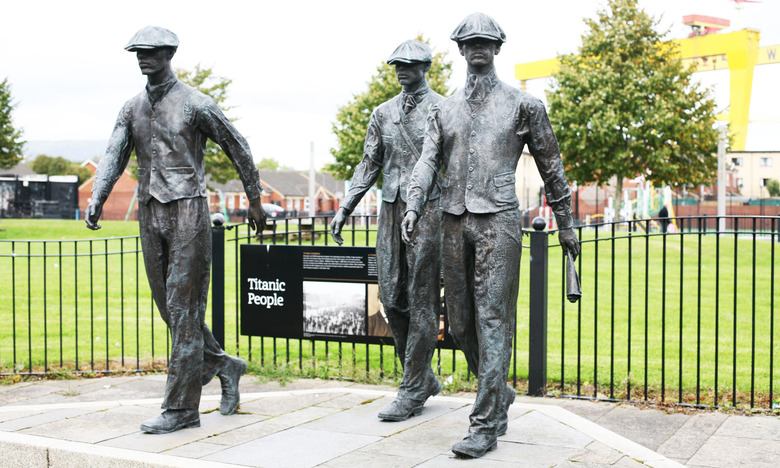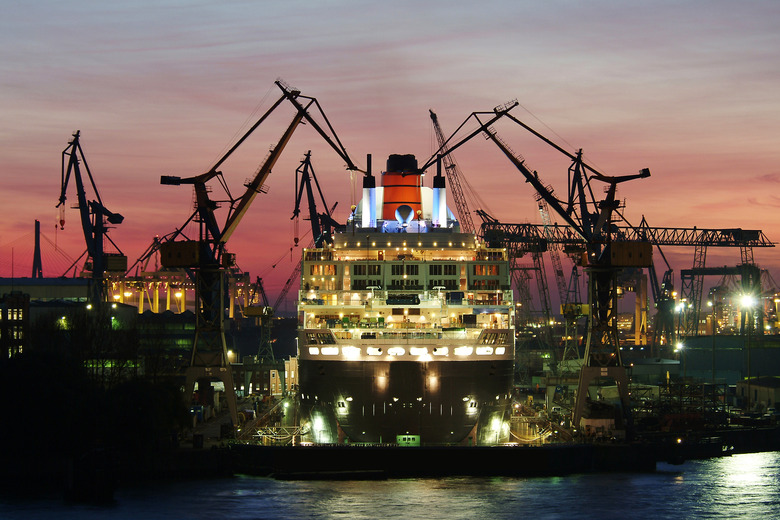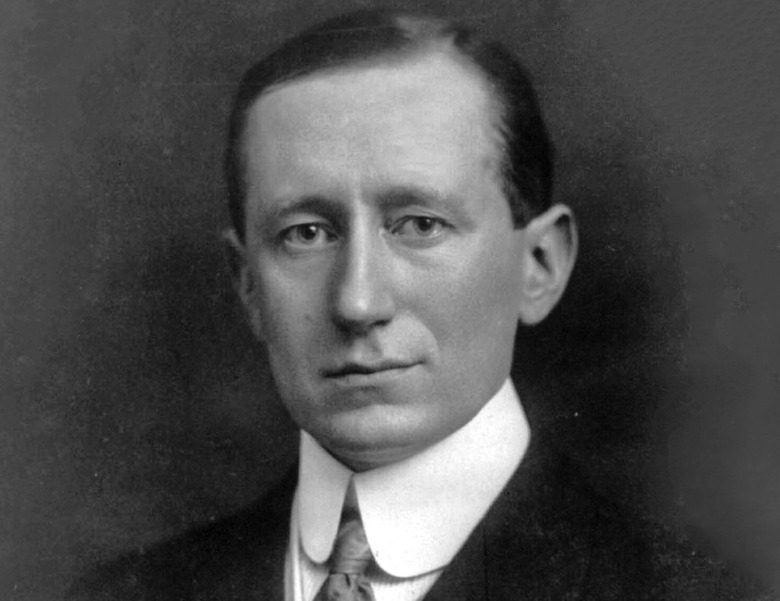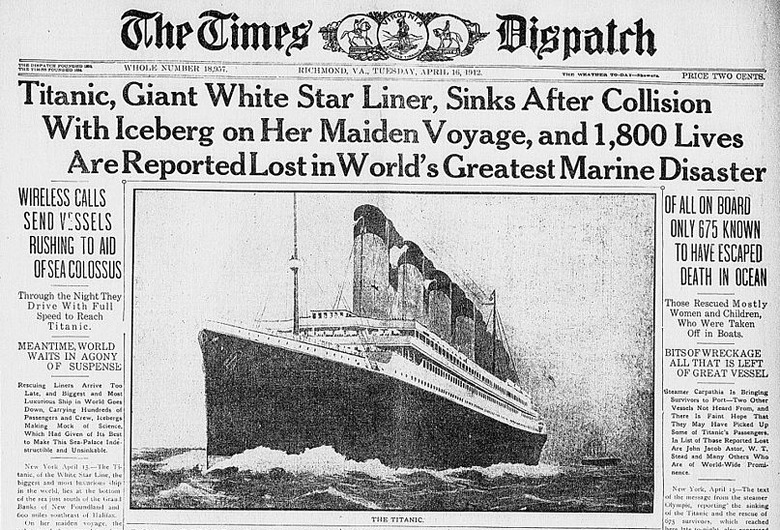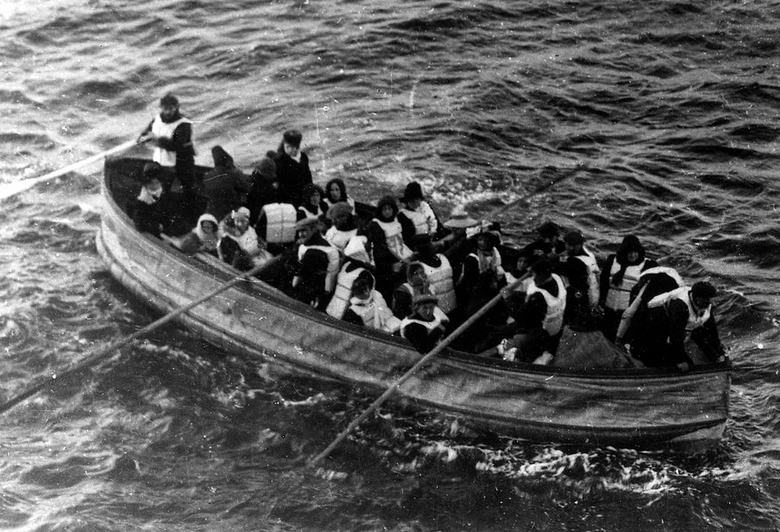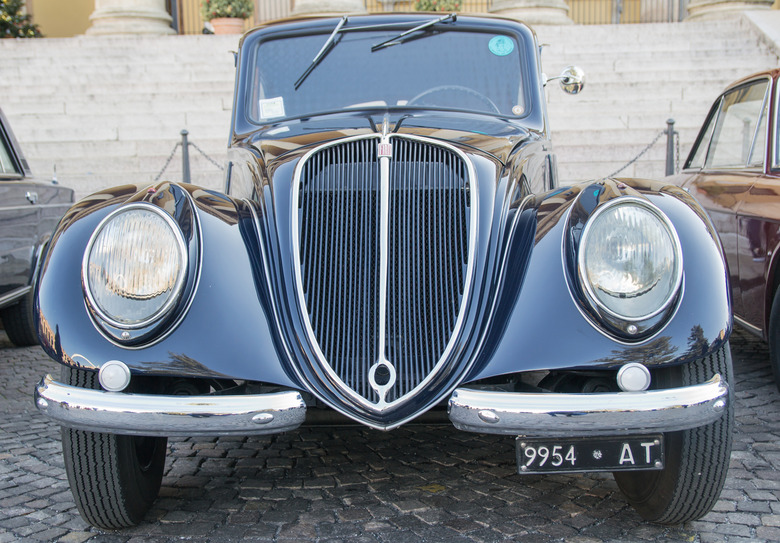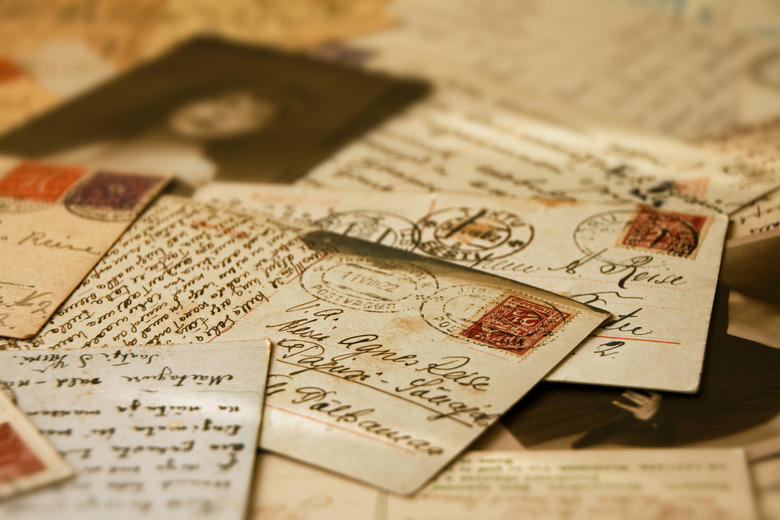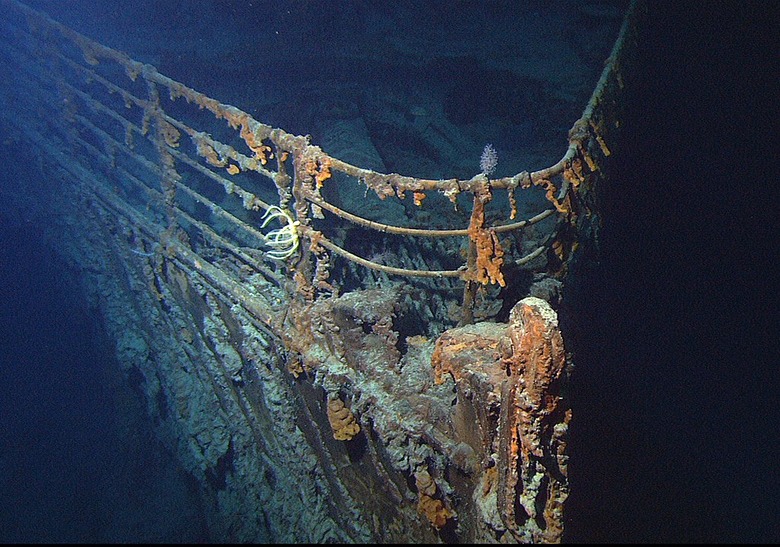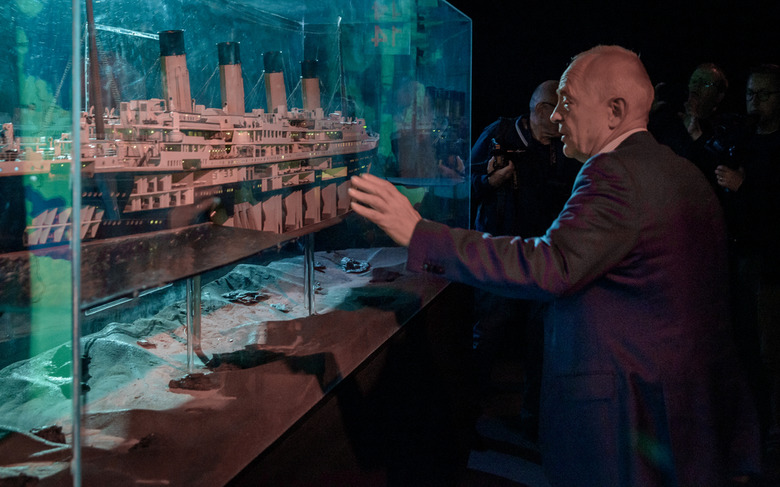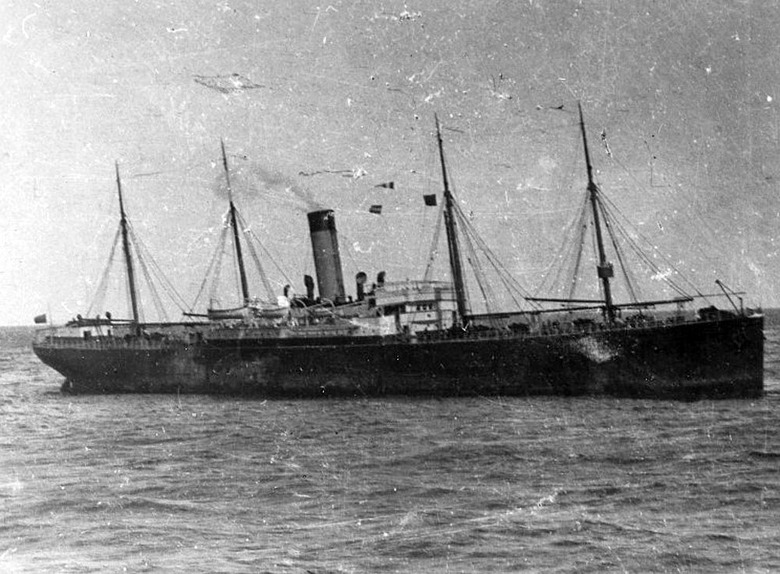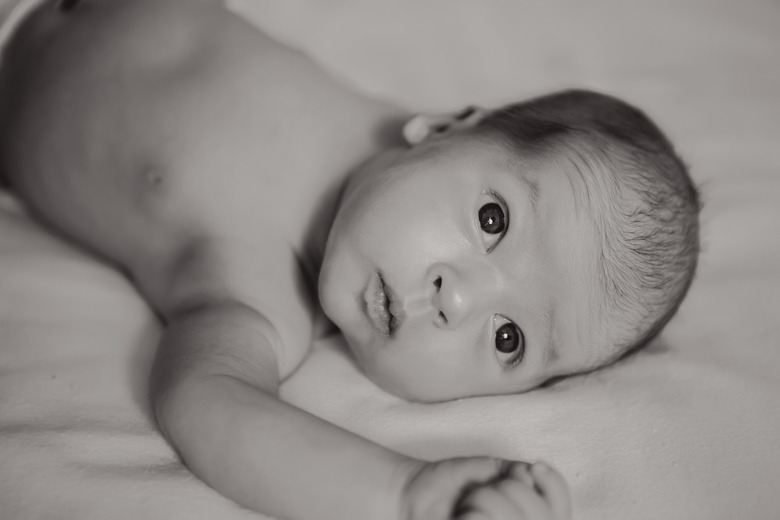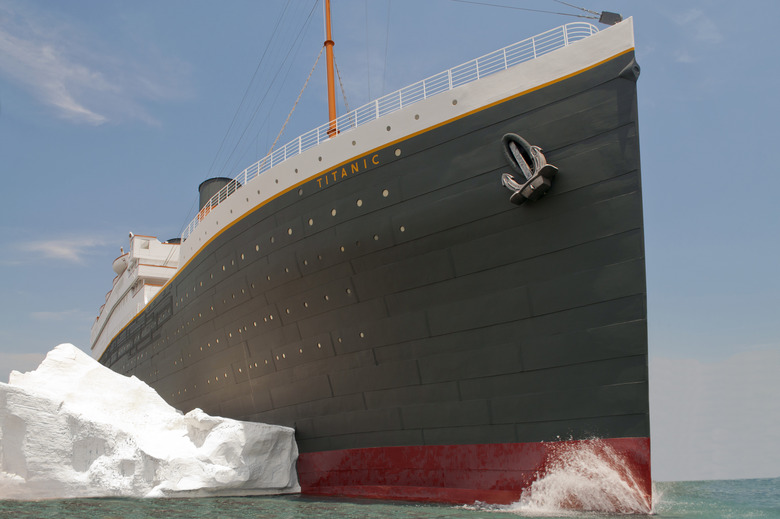20 Things You Didn't Know About The Sinking Of The Titanic
20 things you didn’t know about the sinking of the Titanic
Read on to learn lesser-known, insider facts about what was once the world's largest passenger ship.
1. 30 seconds to react
Lookout Frederick Fleet had no binoculars in the crow's nest, relying only on his eyesight to spot any obstacles. When he called the bridge to announce "Iceberg, right ahead!," First Officer William Murdoch hesitated 30 seconds before giving the order "hard a starboard," a 2011 study of the day's events found. There was roughly a minute's time between Fleet's warning and collision, and his delay proved fatal to the ship.
2. The iceberg was a ‘blackberg’
For hundreds of years, one of the deadliest threats to sailors in the Atlantic Ocean has been icebergs, glacier fragments floating in the sea's freezing waters. Icebergs are already hazardous because only 1/8 of their mass sits above the water's surface, but the iceberg that felled the Titanic was especially hard to spot. According to the Denver Post, that iceberg was a blackberg, also known as a blue iceberg. In the daylight, these icebergs appear blue, but at night, their effect is similar to black ice on a frozen road in that they don't reflect light and are thus extremely difficult to see at night.
3. Amused with the ice
According to first-class passenger Edith Rosenbaum Russell, passengers were initially playing with the chunks of ice that rained down on the deck from the collision. She told CBS, "As I got out onto the promenade deck, I saw a large grey, what looked to me like a building, floating by. But that "building" kept bumping along the rail, and as it bumped it sliced off bits of ice and that ice fell all over the deck. We just picked up the ice and started playing snowballs. We thought it was fun. We asked the officers if there was any danger, and they said, "Oh, no, nothing at all, nothing at all, nothing at all. Just a mere nothing. We just hit an iceberg.'"
4. Slowly sinking
While the Titanic initially struck the iceberg on April 14, the ship didn't sink until April 15 because it took took two hours and 40 minutes to sink. It took an hour for the first lifeboat to launch from the ship, which took on 400 tons of water per minute after the collision. After 38,000 tons of water filled the bow, the ship's stern lifted into the air before splitting off.
5. Lack of lifeboats
The Titanic is famous for lacking adequate lifeboats for the amount of people on board. White Star Line president Bruce Ismay famously said that "extra boats simply would clutter up the beautiful open expanse of the upper deck, where first-class passengers would want to stroll." The ship only had 20 on hits maiden voyage, enough to carry only 1/3 of the boat's capacity. Yet, this was actually four more than the legally required number of lifeboats for a ship its size, according to National Geographic.
6. The ship languished at the bottom of the ocean
It took 74 years before the wreck of the Titanic was found. In 1912, wealthy families attempted to put together a crew to locate and retrieve the ship until discovering they lacked the technology. After a underwater earthquake in 1929, experts feared the wreckage had been buried and potentially lost forever. Numerous expeditions failed before explorer Bob Ballard found the boat's remains in 1985 using funding and technology from a secret mission from the United States Navy to recover nuclear submarines.
7. The Titanic was deadly before it sank
Even before it set sail, the Titanic was already a deadly ship. The monstrous vessel took 26 months to build in Belfast, Ireland, where there were eight fatal accidents, 28 severe accidents and 218 slight accidents on the ship's construction site, according to National Geographic. Thomas Andrews, the ship's chief designer, also ended up dying in the disaster. Andrews, who initially argued for more lifeboats on board, evaluated the damage after the collision and advised Captain Smith that the ship was doomed, according to the BBC.
8. Still in business
Belfast shipbuilding company Harland and Wolff designed and built the Titanic for White Star Lines and still exists today, despite the tragedy. Once employing 15,000 men, the company built its last ship in 1961 and is now focused primarily on offshore renewable energy.
9. Famous almost-passengers
While architect Thomas Andrews was on board, there are a handful of famous folks who narrowly avoided a tragic fate because they did not sail on the fateful voyage. They either didn't board the westbound trip or they had tickets for the return eastbound passage. Guglielmo Marconi, Nobel Prize-winning inventor of the radio and a telegraph system, Milton S. Hershey, founder of Hershey's chocolate, and American businessman Alfred Gwynne Vanderbilt all had tickets but didn't sail.
10. Tragic news gets garbled
News that the Titanic struck an iceberg began to spread on April 15. As wire dispatch messages were being relayed to the media from coastal receiving stations and amateurs with Marconi receivers alike, details were hazy, especially since White Star Lines gave misleading statements. But many publications went full steam ahead with their coverage. One paper proclaimed "All Saved From Titanic After Collision," while a London Daily Mail headline said "No Lives Lost." The New York Times was skeptical of the ship's fate, but published a dispatch that claimed, "All Titanic Passengers Safe; Towing to Halifax." It took days for the real story to get sorted out in the press.
11. Life-saving liquor?
Roughly 700 people survived the ship's sinking of the 2,200 passengers and crew on board, one of them being chief baker Charles Joughin. Despite the water's temperature being around 28 degrees Fahrenheit, and many overboard victims freezing to death in less than 45 minutes, Joughin claims he survived for two hours in the below-freezing water because he consumed copious amounts of whiskey before the ship sank. One theory is that the alcohol in his blood thinned it enough to prevent hypothermia. Regardless of whether this is tall tale or fact, Joughin did survive.
12. Unique cargo
Many people know that the Titanic was a Royal Mail Service ship carrying 2,500 bags of mail on board, but the Titanic was also shipping some unique items. Included in the ship's cargo was a new Renault car, 12 cases of ostrich feathers and 76 cases of dragon's blood tree sap. The Titanic was also well-stocked with creature comforts for its first-class passengers, including 20,000 bottles of beer, 1,500 bottles of wine and 8,000 cigars.
13. Canine survivors
While the car on board sank, two dogs brought on the ship managed to survive. Of the 12 canine travel companions, two Pomeranians and a Pekinese survived, according to the Smithsonian. One woman refused to leave her Great Dane behind and died with him.
14. The Titanic still captivates collectors
Though it sank more than 100 years ago, Titanic memorabilia is still highly sought after by collectors, who pay big bucks from items that survived the ship's sinking. In 2015, a first-class lunch menu from the Titanic saved by a passenger fetched $88,000. In 2017, an unsent letter recovered from the body of a passenger and dated April 13, 1912, sold for $166,000 at auction.
15. Eaten away
The remains of the Titanic languishing in the Atlantic are being devoured. A new rust-eating bacteria called halomonas titanicae was discovered on the ship's sunken hull. Along with the deterioration caused by currents and other microorganisms, the bacteria are expected to eat all that's left of the mighty vessel in 20 years' time.
16. Up close and personal
Before the wreckage is gone for good, you can actually take a deep dive to visit it — for a price. Starting in May 2018, Blue Marble Private will offer eight-day dive tours of the ship's wreck site. For $105,129 per person, you can ride in a submersible two miles underwater to see the ship's remains up close and personal. Bluefish is also offering submersible tours for $59,680 per person. Previously, Deep Ocean Expeditions charged $59,000 for submersible trips until the company stopped offering them in 2012.
17. The culpable Californian
After the disaster, many people venerated the heroes who sacrificed themselves on board and attacked anyone who could've been to blame. J. Bruce Ismay, the chairman of the White Star Line, was the one who insisted on fewer lifeboats, and when the ship was sinking, he jumped onto a lifeboat unlike many men who stayed behind. He was vilified and portrayed as a greedy coward. An entire crew also came under fire for their actions that fateful night. The Californian and its captain, Stanley Lord, were blamed for not responding to the Titanic's distress signals. The closest vessel to the disaster, the Californian had turned off its wireless machine for the night and mistook Titanic's distress flares for ordinary signals between ships.
18. The last survivor
The last living survivor of the disaster, Millvina Dean, died on May 31, 2009, at the age of 97. Dean was just nine weeks old when the ship sank, also making her the wreck's youngest survivor. Her family had planned to emigrate from England to Wichita, Kansas. Dean, her mother and her brother were rescued and returned home to Southampton.
19. Enduring theories
The rampant media coverage of the Titanic sinking included plenty of theories and speculation about what happened and who was to blame. Despite an official 1912 Wreck Commission inquiry, many of these old theories have endured over the years. One is that the Titanic probably would've survived if the ship had hit the iceberg head on because of the collision bulkheads built in at the bow. Another is that the ship had a fundamentally flawed design. Both have been debunked. A 2011 report contended that no ship of the era could have withstood that contact with the iceberg.
20. New hypotheses
Despite many old theories being debunked, people still aren't ready to leave the events of that fateful night in the past. Two new theories proposed in 2012 speculate that Mother Nature was mostly to blame. One study found that Earth was especially close to the moon and the sun that day, causing record tides and thus increased ice and glaciers. Another is that the atmospheric conditions that night created a mirage on the water that would confuse lookouts as well as nearby ships, who mistook the ocean liner passing by.
